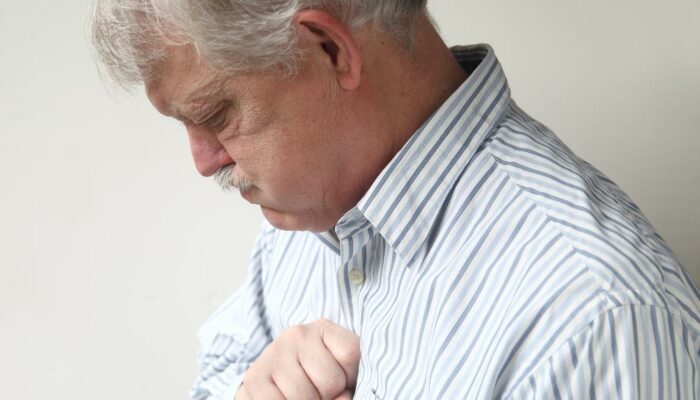
Symptoms and treatment of atrophic vaginitis
Atrophic vaginitis is a condition that women usually develop after their menopause. It occurs because the estrogen levels fall, and the vaginal walls can become thin, inflamed, and dry. About 40% of women experience the symptoms of vaginitis after menopause. However, only 20 to 25% of them seek medical help. Women usually do not seek treatment because they feel embarrassed. However, if the condition is left untreated, it can affect a woman’s quality of life.
Here are the main symptoms of atrophic vaginitis:
- Pain during sexual intercourse
- Vaginal dryness
- Watery discharge that is thin or yellow/gray in color
- Paleness of the vagina and thinning of the labia
- Irritation while wearing certain clothes like tight jeans or while sitting on a bike
- Frequent urinary tract infections (UTIs)
Symptoms that are also present during urination are:
- Painful urination
- Increased frequency of urination
- Spotting blood while urinating
- Increased urination
Some women can also experience a reduction in the growth of pubic hair, and their vaginas may become less elastic and narrower than before. The decrease in estrogen can also occur after childbirth.
You should always see a doctor to treat this condition. The doctors carefully carry out an examination and would ask you about your medical history too. You might also be advised to use or avoid certain products in sensitive areas. When the pH of the vaginal area is more than 4.6, then it indicates atrophic vaginitis.
Treatment
Water-soluble vaginal lubricants help in providing relief during intercourse. However, note that petroleum jelly, mineral oils, and other types of oils are not suitable. You might end up having an infection, and it can also damage condoms or diaphragms.
Hormone replacement therapy (HRT) is a tablet, patch, gel or implant which supplies estrogen to the body. It is effective, but there are some side effects of this treatment. Patients can ask their doctors about the risks associated with HRT. Localized HRT can help treat the affected area. One can also use a low-dose estriol cream which stimulates rapid reproduction as well as repair of the epithelium cells. Moreover, vaginal tablets, rings, creams and the like can be applied internally to direct the supply of estrogen to the vaginal area.
Prevention
- Regular exercise can help a lot as it keeps the blood flowing to the genitals.
- You can also experiment with your diet after consulting your doctor. It is also a good idea to consume linseeds, estrogen-rich foods, and fish oils.
- You can also use vaginal estrogen to stop the condition from worsening.
- It is said that as long as the vagina has sufficient estrogen, sexual activity can be helpful for flexibility as well as elasticity. Women who are sexually active report fewer symptoms of atrophic vaginitis as compared to those who do not have sexual intercourse regularly.
Thus, with proper precaution and care, you can successfully prevent and treat atrophic vaginitis.



